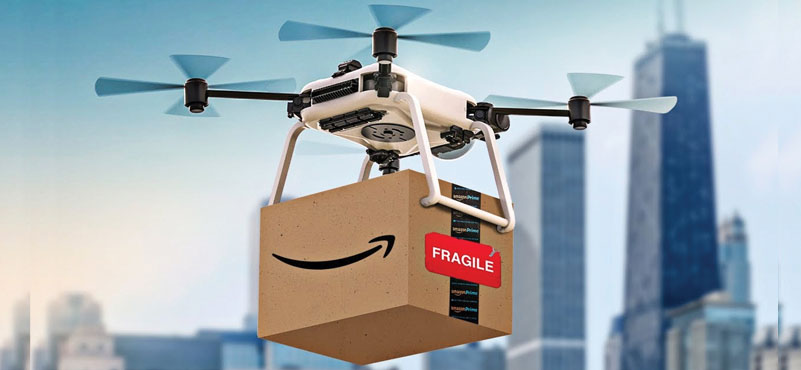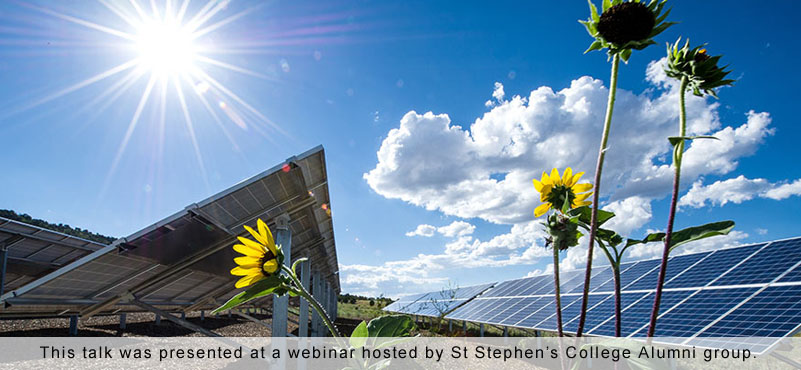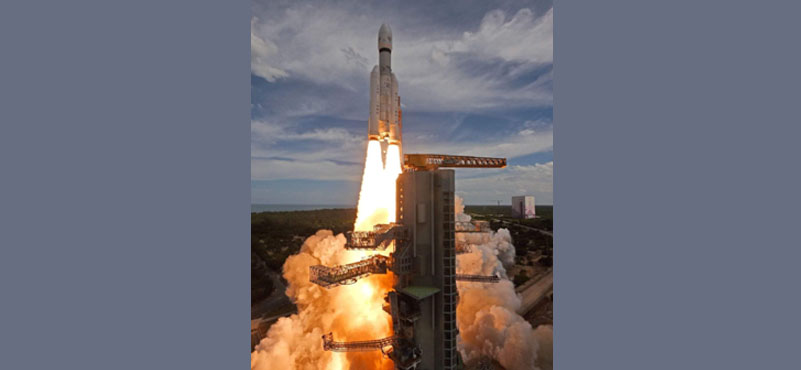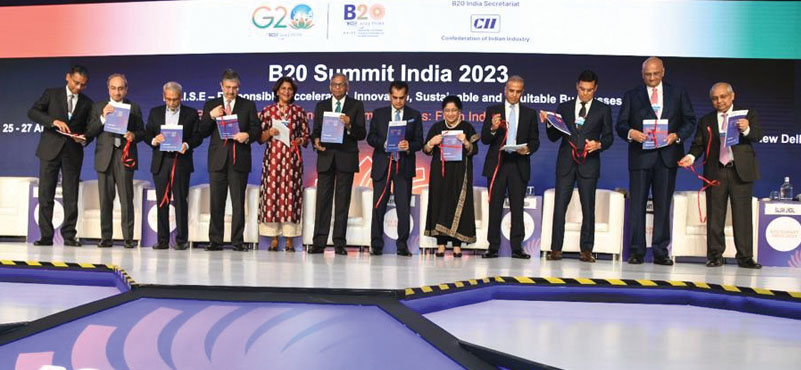Drones, or unmanned aerial vehicles (UAVs), have become ubiquitous, offer diverse applications and can be used to carry out a range of activities. But they equally pose grave privacy, security and strategic challenges. While the government of India has signalled its intent of piggy-riding the technology to boost last-mile service delivery, new and emerging developments continue to keep policymakers in caution mode.
Wide applications: Why drones are on the rise!
Sample this: The recent conflict between Armenia and Azerbaijan led to the emergence of drones as a key component of the military strategy, marking a significant technology-driven escalation. Both Armenia and Azerbaijan deployed a range of drones, including armed drones, for surveillance, reconnaissance, and precision strikes. Armenia, which had an established drone program before the conflict, used Israeli-made Harop drones to target Azerbaijani military installations. Azerbaijan, on the other hand, deployed a mix of Israeli, Turkish, and locally made drones.
Both countries extensively used them to gather real-time intelligence and locate and target enemy forces without significant casualties.
On the other hand, Amazon, a US behemoth, launched a drone delivery program known as Prime Air – that aims to deliver packages to customers’ homes within half an hour of placing an order. “The MK30’s increased range, expanded temperature tolerance, safety-critical features, and new capability to fly in light rain will enable customers to choose drone delivery more often,” reads the Amazon website. While the program is under its ‘testing’ phase in the US, UK, and a few other countries, Amazon is actively engaging with regulators and policymakers to expedite the approvals for drone operations in commercial airspace. These drones carry packages weighing up to five pounds and fly at speeds of a little over 24 kilometres per hour.
In India, while drones for delivery services are in their teething stages, companies like Zomato and Swiggy have begun testing drone-based food delivery services in select locations.
These two examples illustrate the potential of drones in transforming industry, yet they also showcase the challenges that this new technology proffers. Add to that, over the past decade, UAVs have become increasingly popular in India. The Ministry of Civil Aviation believes that “drones can be significant creators of employment and economic growth due to their reach, versatility, and ease of use, especially in India’s remote and inaccessible areas.” It argues that “in view of its traditional strengths in innovation, information technology, frugal engineering and huge domestic demand, India has the potential to be a global drone hub by 2030.”
Perhaps, these considerations and the need to streamline its operations egged the government of India to liberalise the Drone Rules in 2021. The new legislation liberalized the drone licensing process, allowing for their registration through a digital platform and categorising them based on their weight and intended use. The rules also established ‘no-fly zones’ around sensitive strategic and military areas, and enforced compliance with privacy and data protection laws.
Delivering Transformational Change
Drones, indeed, have the potential to transform industries, improve disaster response, and revolutionize various fields like delivery services, inspection of infrastructure, and assistance in search and rescue operations. Drones can provide aerial views of remote locations, helping businesses and organizations save considerable time and money. The Indian defence forces and the National Disaster Response Force (NDRF) routinely press them into action for disaster relief operations.

Drones can significantly impact agriculture, healthcare, and logistics as they can help monitor crops and manage pest control and irrigation. They can deliver medical supplies to inaccessible regions, ensuring last-mile access to essential healthcare, and faster and more efficient logistics services. In fact, the Indian government has also launched a pilot program for the delivery of medical supplies and vaccines to remote areas using drones.
Serious Challenges are Here, too!
The use of drones also raises several concerns, privacy being one of the most significant challenges. The misuse of drones to follow celebrities and capture their images and videos without their consent is common in the USA. Such instances can lead to grave misuse of personal data.
Besides, they can risk aviation safety and can be used for illegal activities, posing threats to national security. They are now being used to smuggle weapons, drugs, and counterfeit currency across borders, as they fly low and cannot be detected by larger air defence systems. Punjab police and national security agencies have openly expressed concern about the smuggling and airdropping of narcotics, bombs and AK-47s across the Punjab border by Pakistan to ferment trouble in the border state.


Saudi Arabia’s two critical oil facilities, operated by state-run Aramco, were hit in 2021 by “drone attacks claimed by Yemen’s Houthi rebels, damaging facilities that process the vast majority of the country’s crude output and raising the risk of a disruption in world oil supplies,” the New York Times reported. This incident demonstrates that drones can be used to attack critical infrastructure, such as power plants, oil refineries, and government buildings, and trigger global tensions. These drones carried explosives that were detonated remotely. This way, they caused significant damage to Saudi infrastructure, as Iran-backed Houthi rebels waged a low-cost high-yield war.
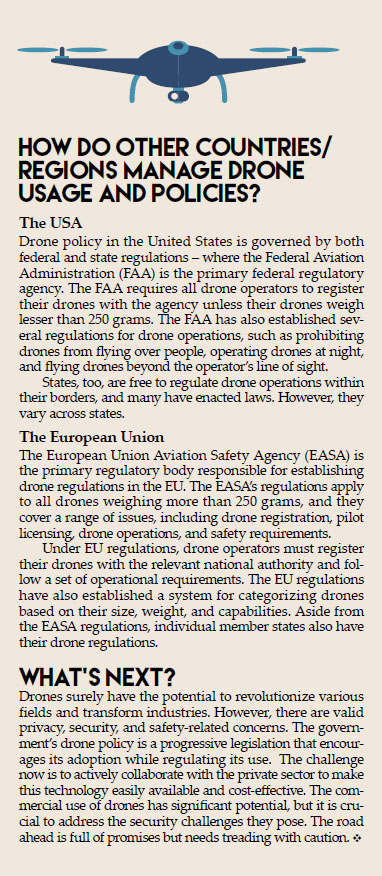
They have the potential to be used for terrorist attacks as security agencies have a difficult time detecting them. They also pose a significant threat to the security of high dignitaries, as they can be used for the reconnaissance of VIP movements. Several high-handed regimes across the globe have used them for targeted killings, raising serious concerns about extrajudicial killings.

